Preview |
PDF (Publisher's Version)
- Requires a PDF viewer such as GSview, Xpdf or Adobe Acrobat Reader
20MB |
Preview |
PDF (Supplemental Items)
- Requires a PDF viewer such as GSview, Xpdf or Adobe Acrobat Reader
1MB |
| Item Type: | Article |
|---|---|
| Title: | Zero-shot unsupervised motion estimation for motion-corrected cardiac T1 mapping |
| Creators Name: | Guastini, Mara, Schulz-Menger, Jeanette, Schaeffter, Tobias, Hufnagel, Simone, Kofler, Andreas and Kolbitsch, Christoph |
| Abstract: | OBJECTIVE: Cardiac quantitative MRI (qMRI) is a powerful imaging technique for diagnosing pathologies such as diffuse myocardial fibrosis. One main challenge is cardiac motion, which requires synchronization of data acquisition with the heartbeat, leading to long scan times. We present a novel deep learning-based image registration method for cardiac qMRI that enables non-rigid motion correction of data acquired continuously over multiple cardiac cycles, thereby reducing scan times. METHODS: Our method is a zero-shot approach that utilizes the physical qMRI signal model for accurate motion estimation. Non-rigid motion of dynamic images is estimated with a U-Net-based architecture. This exploits the intrinsic smoothness of cardiac motion, allowing sharing information between neighboring images. The approach is robust to undersampling artifacts, enabling motion estimation from dynamic images reconstructed from very few k-space data even without advanced image reconstruction methods. RESULTS: We evaluated the method for fast cardiac T1 mapping using a Golden radial sampling scheme on numerical simulations and in-vivo acquisitions. On numerical simulations, our method achieved a 61.64% improvement in T1 accuracy. On in-vivo data, our approach yielded a 45.13% improvement in sharpness of T1 maps, and temporal image alignment of motion-corrected dynamics improved on average by 11.78%. CONCLUSION: Our method enables accurate non-rigid motion correction of highly undersampled cardiac qMRI data obtained from continuously acquired data. SIGNIFICANCE: As our method is individually optimized for each scan without the need for training on large datasets, it can easily be adapted to other cardiac qMRI approaches. |
| Keywords: | Cardiac QMRI, Deep Learning, Image Registration, Zero-Shot, Dataset-Free, Motion Correction, T1 Mapping |
| Source: | IEEE Transactions on Biomedical Engineering |
| ISSN: | 1558-2531 |
| Publisher: | IEEE |
| Date: | 22 October 2025 |
| Official Publication: | https://doi.org/10.1109/tbme.2025.3624279 |
| PubMed: | View item in PubMed |
Repository Staff Only: item control page

 Tools
Tools Tools
Tools

